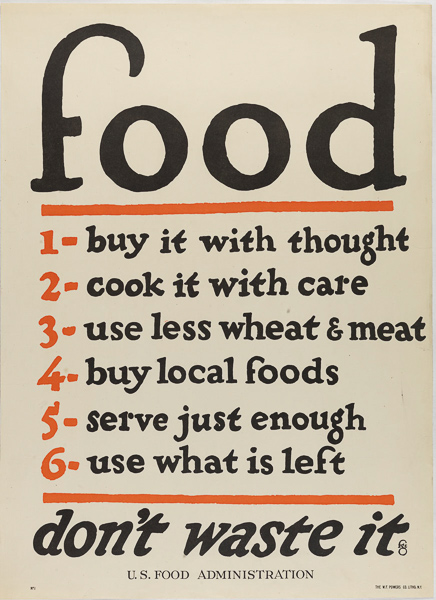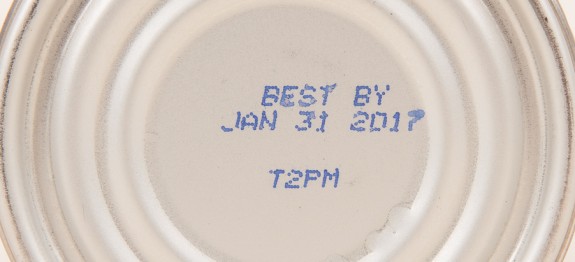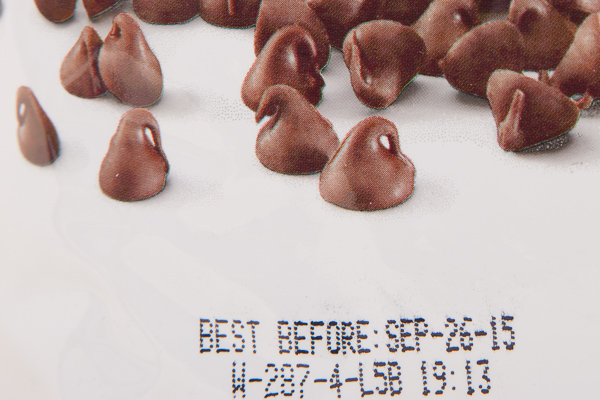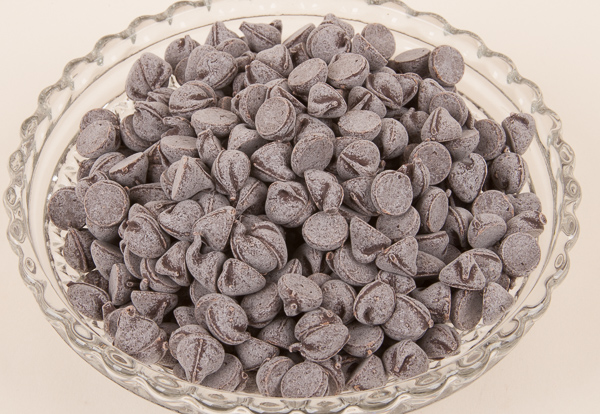Reduce Food Waste And Save Money
Date codes are on thousands of food products; dairy, bakery, packages meats and cheeses, canned goods, dry goods including pasta, and frozen foods.
There are Sell By, Use By, Best By, and Guaranteed Fresh By dates. All of these dates are voluntary with no rules or regulations governing them.
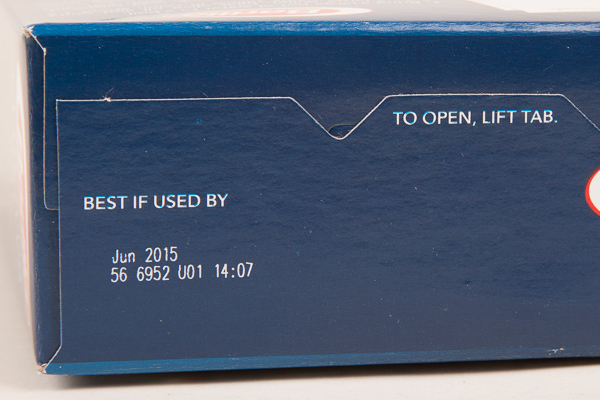
A study by the Harvard Law School Food Law and Policy Clinic determined a family of 4 will discard between $1,365 to $2,275 in food annually due to confusing date codes.
All those date codes mean only one thing, the manufacturers best guess how long the product will maintain peak flavor and freshness. That’s all it means. It does not mean discard by this date. Only store sell by dates are dates manufactures recommend stores should remove a product from its shelves. You typically see sell by dates on:
- Milk
- Eggs
- Fresh Meat
- Fresh Fish
- Fresh Pork
- Fresh Poultry
Fresh meat fish and poultry should be cooked within 3 days of purchase or frozen. The except is thawed fish. It should not be refrozen.
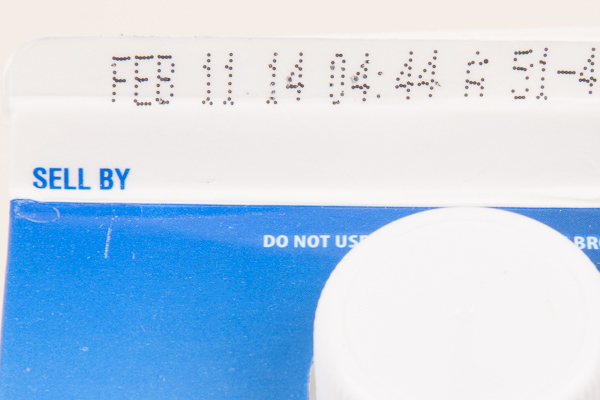
No Discard Dates
Manufacturer do not provide discard by dates. When a product has a Best By date, or Guaranteed Fresh date it means you can expect peak flavor and freshness up through that date and most likely well beyond that date.
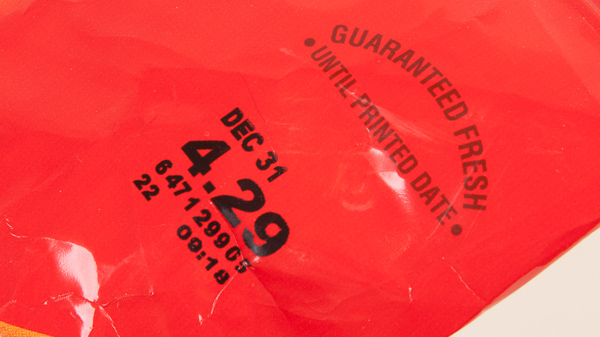
Many Factors Affect Food Freshness
An unopened package of potato chips will maintain flavor and texture months after the Guaranteed Fresh date. Once you open the bag, flavor and texture begin to deteriorate especially in humid climates. No one wants to eat soggy potato chips? In dry climates, like the southwestern United States, the same opened bag of chips can remain fresh for weeks. I know from experience having test my theory on several occasions.
The same is true for crackers. I’ve eaten crackers 6 months to one year past its Best By date with little or no degradation of flavor or texture.
Chocolate candy, chocolate chips, and baking chocolates can be stored unrefrigerated or refrigerated for years past the Use By dates. Some people confuse the “bloom” that forms on chocolate with spoilage, but it actually a thin surface layer of cocoa butter. as soon as you heat the chocolate the bloom disappears.
Chocolate in Bloom
Reduce Food Waste and Save Money
1. Dried Pasta
In dry climates with humidity less than 20 percent, dried pasta will last indefinitely. In humid climates, check pasta that is past the best if used by date for stiffness. Pasta should break with a noticeable crackling sound. It doesn’t and isn’t moldy, cook it and enjoy.
2. Herbs and Spices
Manufactures and Cooking experts recommend using whole herds and discarded ground herds and spices within 6 months or purchase. The rational is ground herbs and spices loose their flavor more rapidly than whole herbs and spices.
With that said, I seldom discard herbs, spices, and extracts. For long-term storage, I freeze herbs and spices. They are low moisture and will not clump so you can easily measure and return them to the freezer. I’ve had some herbs for years and use my nose as a guide. If it has an aroma I use it. If aroma is diminished I add more.
3. Eggs
Store bought eggs should remain fresh 5 or more weeks after purchase. Each cartoon sold in the United States has a packaging date code You can use that code to determine how old are your eggs.
Click here for a table converting date code to recommended use by date.
4. Milk
The shell life of milk depends on the form of pasteurization. Ultra-pasturiized milk has 2 to 3 times the shelf life of pasteurized milk. Milk that has gone bad has a sour taste and can curdle. An opened cartoon of milk should be used within a week.
5. Dry Goods (crackers, breakfast cereal)
Like potato chips and herbs and spices, the shelf life of unopened and opened dry goods is subject to amount of humidity in your location. The higher the humidity the shorter the shelf life because products absorb moisture and loose their crispness. Storing dry goods in air tight containers will extend shelf life. Crackers can be re-crisped in a moderate oven (300°F) for about 10 minutes.
6. Frozen Foods
Frozen foods can surpass fresh foods in taste, texture, and quality because they are picked and frozen at the peak of maturity. Properly packaged frozen foods have a Best By dates of one year or more. What degrades frozen foods is the freezer defrost cycle. The ice found in a bad of vegetables, fruit, bread, and other products is water drawn out of the product. The more water that is drawn out, the lower the quality.
Keep frozen foods tightly wrapped and use within 6 months or a year.
Another issuer is freezer burn. Freezer burn doesn’t look appealing, but is no reason to discard the item. Improperly packaged meats are susceptible to freezer burn.
7. Canned Foods
Canned fruits, vegetables, beans, tomato sauces have the longest shelf life without refrigeration. You can expect use by dates of 2 or more years.
The concern about canned goods beyond the Best By dates is botulism which can be fatal. The warning signs of spoilage and botulism are:
- Bloated or swelling can
- Contents explodes (liquids) when can is pierced
If you notice either of the above, discard the contents. Cooking does not kill botulism.
Stretching Your Food Budget
Use date codes as a guide and not as absolute discard dates. Remember, the dates are about peak quality not food safety.
Plan meals in advance. Think about using leftovers. Many foods like cooked meat and pastas can be frozen.
Check you refrigerator is maintaining a temperature between 35° to 38°F. Use an appliance thermometer. Limit opening the refrigerator or keeping the door open.
Use shelf-life guides:
Food Marketing Institute Food Keeper Guide
USDA Kitchen Companion Safe Food Handbook
Reducing food waste not only saves you money on your food bill, but also time and money buying unnecessary foods to replace what was perfectly eatable.
Reducing food waste is good for you and good for the planet. These six recommendations from World War II are still applicable today.
